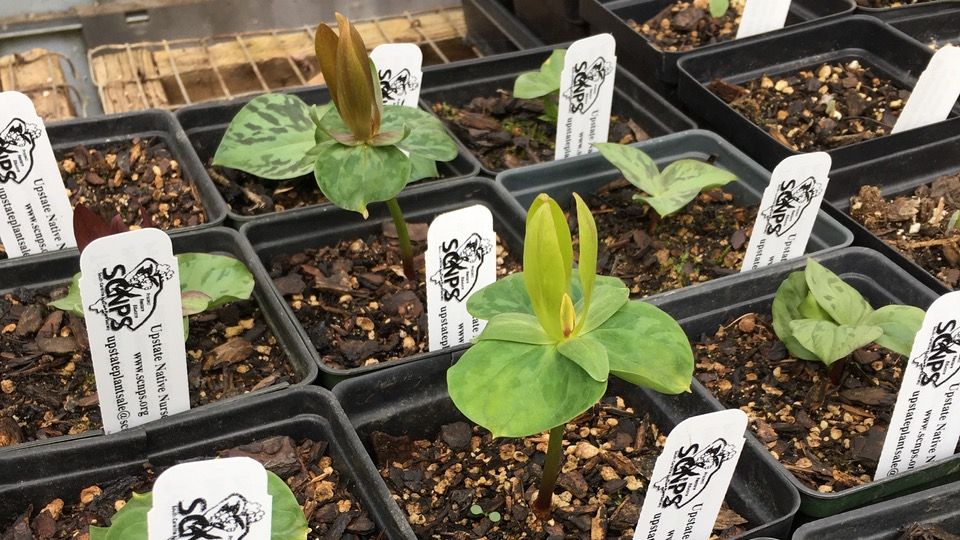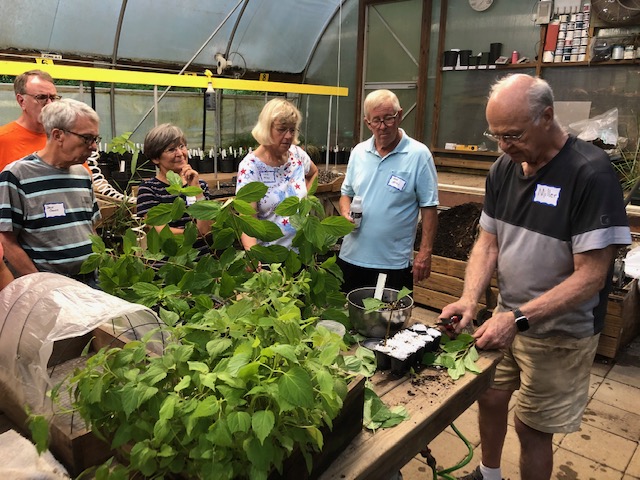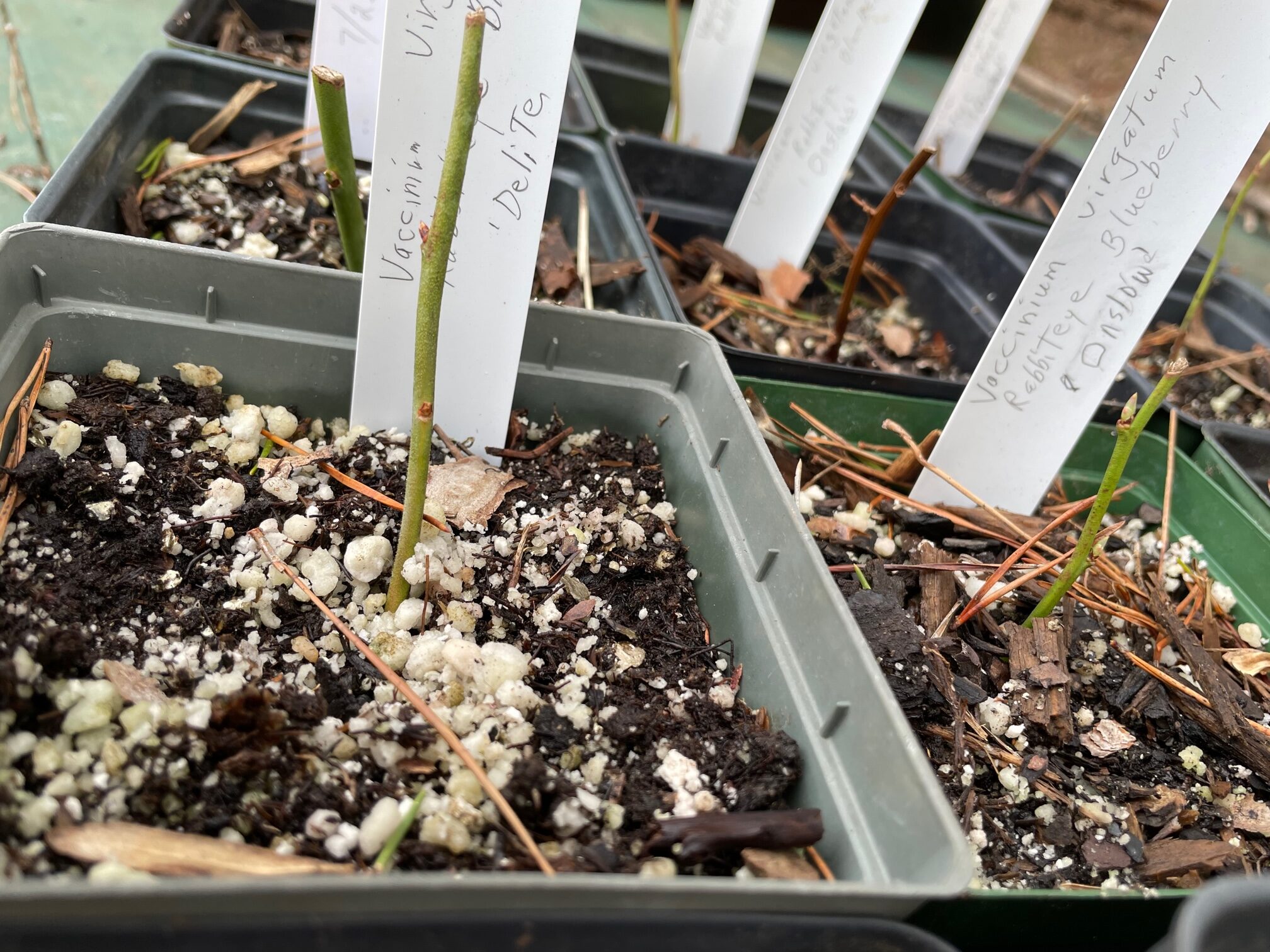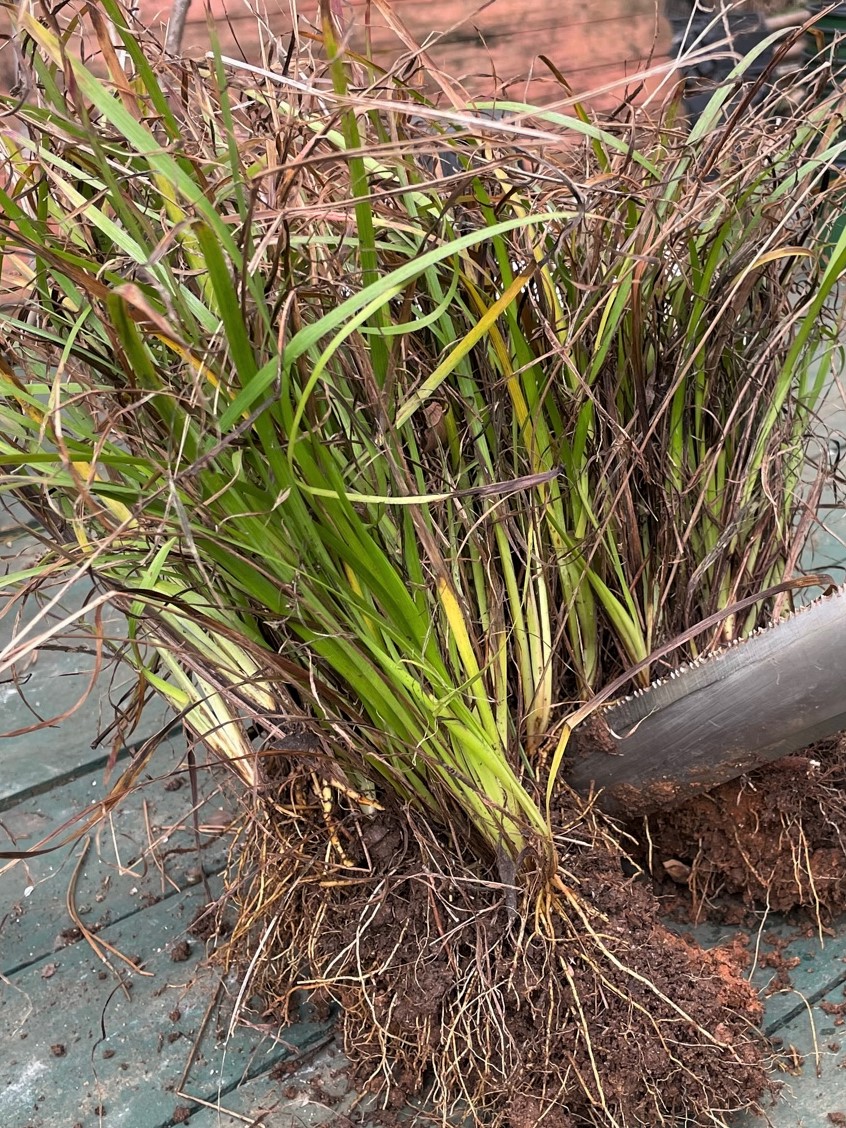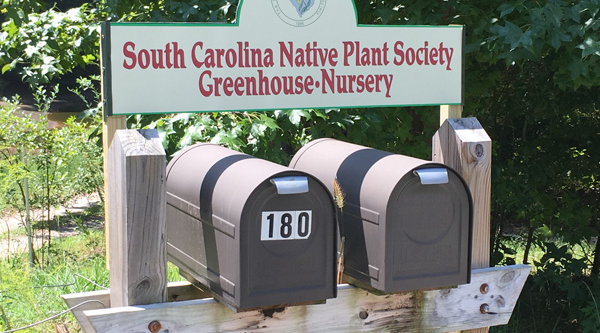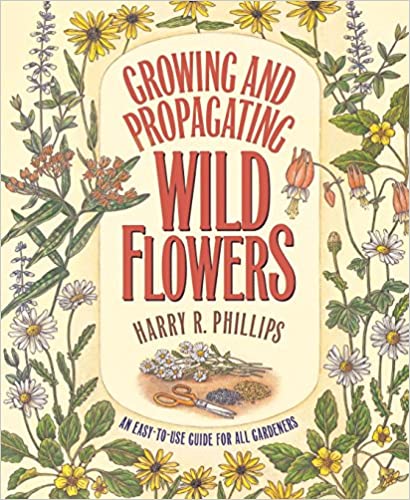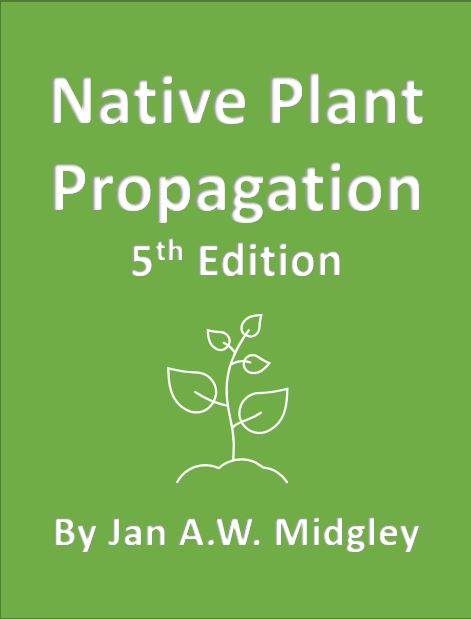Plant Propagation
How to Propagate Native Plants
SCNPS is committed to connecting people to sources of locally appropriate native plants for their yards and landscaping projects. Our members from around the state grow native plants from seeds and cuttings, as well as help maintain a list of commercial nurseries that emphasize native plants.
Propagating Native Plants
Plant propagation may be done in two basic ways, through sexual and asexual reproduction.
Sexual Reproduction: Seeds are the product of the female flower part, the pistil (stigma, style and ovary) being fertilized by pollen from the male flower part, the stamen (filament and anther).
-
- Pros: Seeds add genetic diversity into the species and offer the possibility of natural variations.
- Cons: It may take several to many years to produce a new flowering plant.
Asexual Reproduction: A variety of methods may be used to create exact genetic replicas of the original plant. Techniques such as cuttings, division, and layering produce replicas of the parent plant.
-
- Pros: This is a faster way than seeds to produce a large number of additional plants. You know what you are getting, since all the plants are clones.
- Cons: Clones add no genetic diversity to the species.
Seed Propagation
Seeds can be planted in a greenhouse in January and February, usually in small cell trays, using potting mix amended with extra perlite. Seeds should be lightly watered, then put in a sprouting chamber, which is enclosed in plastic to retain moisture and warmth. Keep the seeds moist until they sprout.
Once seedlings have developed a set of true leaves and a significant root system, transplant to four-inch pots. Leave in the greenhouse until they fill the four-inch pot, then transplant to a larger more permanent pot, usually a one gallon pot. At each transplant, plant roots can be sprayed with seaumic.
At the transplant to a gallon pot stage, give a slow release fertilizer. After another period of watchful care, the plants can be moved to an outdoor irrigated area to grow.
Propagation by Cuttings
Cuttings can be taken from select woody plants at the appropriate time of year for each plant. The cuttings should be kept cool and moist. The trimmed cuttings can be treated with a rooting stimulant (Hormodin 3), and carefully stuck into containers of perlite.
Keep misting until significant roots develop and then pot them up the same way as sprouted seeds.
Propagation by Divisions
Mature plants, especially those that are overcrowded in their pot, should be removed gently from their pot. With a sharp knife, the plant can be cut along natural divisions into multiple sections, each with a set of roots. The divisions can be treated with seaumic and settled into a new pot.
The Upstate Native Nursery (UNN)
The Upstate Chapter of SCNPS has an ongoing plant propagation program carried out by both individual members and at the Upstate Native Nursery (UNN) located in Greenville.
Get hands-on experience with these techniques, and others, in a half-day Propagation Workshop at the Upstate Native Nursery (UNN). Please note that these techniques may require some adaptation at home since home owners do not typically have the same setup and equipment for misting and irrigation as the UNN.
For Your Personal Library
Here are two recommended books on propagating native plants and wildflowers at home - great to have on hand in your own library!
Growing and Propagating Wild Flowers by Harry R. Phillips
This book is geared for the Naturalists and Native Plant enthusiasts and provides excellent information. “Based on ten years of pioneering research at the North Carolina Botanical Garden, Growing and Propagating Wild Flowers features practical, easy-to-follow methods for raising native plants from seeds, cuttings, and division-specific instructions on the propagation and cultivation of plants representing nearly 100 genera of wild flowers, carnivorous plants, and ferns and more than 250 illustrations, including 32 color photographs.” Printed in 1985.
Visit WebsiteNative Plant Propagation by Jan A.W. Midgley
Now in its 5th edition, this spiral-bound, self-published manual contains intensely detailed information for a couple of hundred individual species emphasizing plants found in the Carolinas, Georgia, Virginia, Tennessee, and her home state of Alabama. Midgley provides a highly detailed explanation of propagation methods. This book cuts straight to the chase – you won’t find illustrations, photos or lovely drawings. You will, however, find pretty much anything you might need to know about the propagation method of each species, habitat where it’s found, when and how to germinate and other special qualities regarding each plant. Many of her other books are found via bookstores, but this one is only available directly from the author.
For a single copy mail a check for $27 to address below and the author promptly sends the material. Cost includes the book and shipping.
Address:
Jan Midgley
10560 W. Center Ave.
Lakewood, CO 80226
Email: midgleyjan231@gmail.com

